the corkscrew ginger
Costus spicatus is very common in Florida landscapes. It isn’t offered for sale very often anymore, but I see it in shady yards everywhere. The best part about this species is how forgiving it is. No amount of neglect seems to slow this plant down, making it a great choice for those people who don’t want to have to coddle their landscaping.
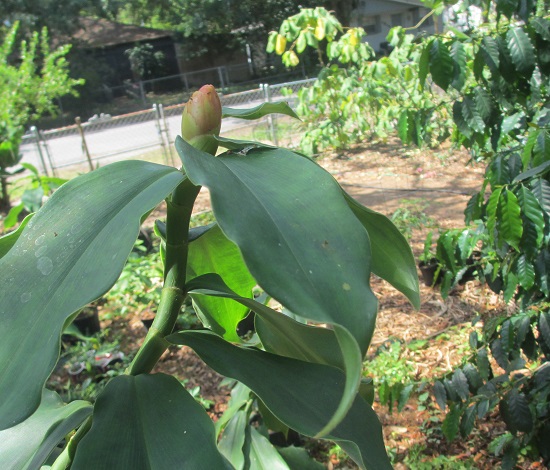
The problem is that they can spread. The stems, which are true stems, grow little suckers from the nodes which root when the stem falls over. In this fashion, they can “walk” all over your yard. If you are relatively diligent about cleaning up the fallen stems, this won’t be a problem. The flowers are pretty, and unusual, but not the showstoppers that many other gingers are, but for the ease of growing, and lack of water requirements, they give back far more than they take.
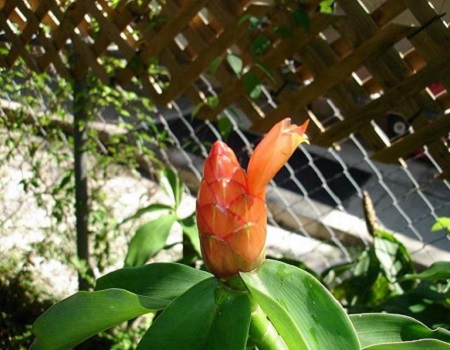
Edible!
One cool thing about this plant that a lot of people don’t know, is that the peach colored flower buds are edible. Not only are they edible but they are delicious. They are crunchy like fresh lettuce, sweet and tangy, with a pleasant cucumbery flavor. As an addition to salads they add both flavor and color. Since they bloom almost constantly, there will always be a constant supply of flowers for your salads.
Origin
South America and the Carribean
Binomial nomenclature
Costus spicatus
Common names
Corkscrew ginger, Indian head ginger
Description
Costus spicatus is a tall ginger with unusual foliage. The stems, which are true stems, spiral like a corkscrew, and the leaves themselves spiral around the main stem. The dark green leaves are 12″ long and 4″ wide. The inflorescence is a short cylindrical red-orange cone with flowers of the same color emerging from between the bracts one at a time.
Height
7′
Temperature/Zone
Zone 8b, 20° F. In zones lower than 8b, the foliage will die back to the ground in the Winter. A thick layer of mulch will help to ensure that the rhizome will survive.
Light
Shade to part shade. In brighter conditions, they will require more water, but once established, this plant is quite drought tolerant.
Water
Keep them evenly moist during the warm months, but allow them to dry out a bit more during the winter. They are quite drought tolerant.
Fertilizer
I use an all purpose fertilizer. Do not fertilize during the Winter.
Cultivation
C. spicatus prefers rich, well drained soil, but they will tolerate poor sandy soil as well. C. spicatus is one of the best shade tropicals for people who don’t like to garden. This plant requires little care other than controling its spread.
Pests
C. spicatus isn’t particularly susceptible to pests.

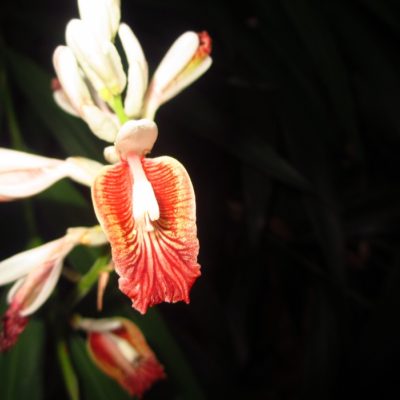
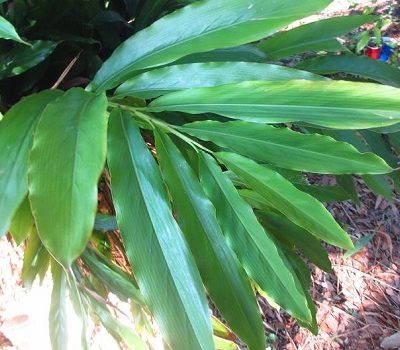
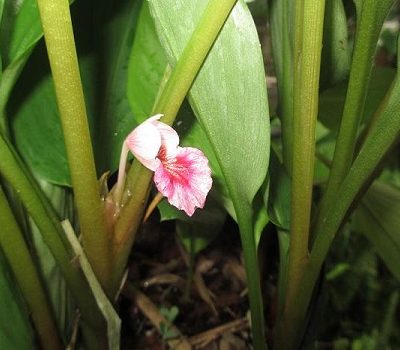
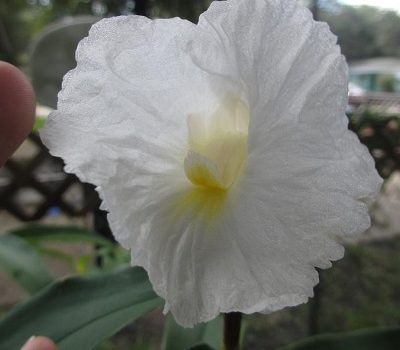
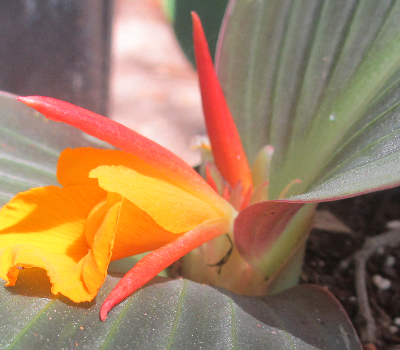
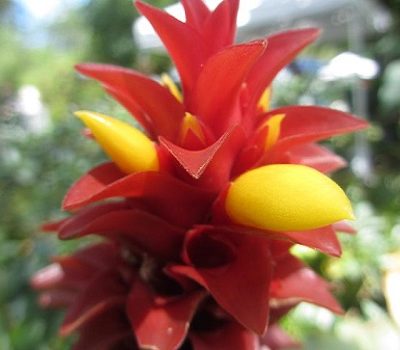
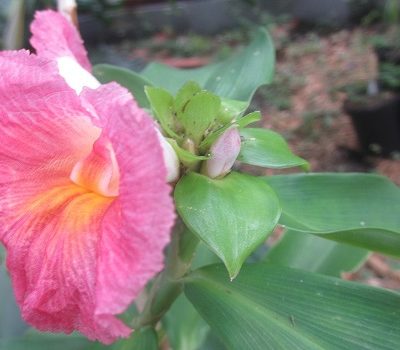
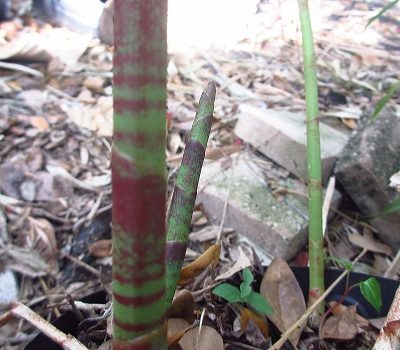
Please, I really need to find this Plant, because it has a very good Medicinal value to take care of renal and colonic Inflamations.
I would greatly adiquerir one to plant in a large vase.